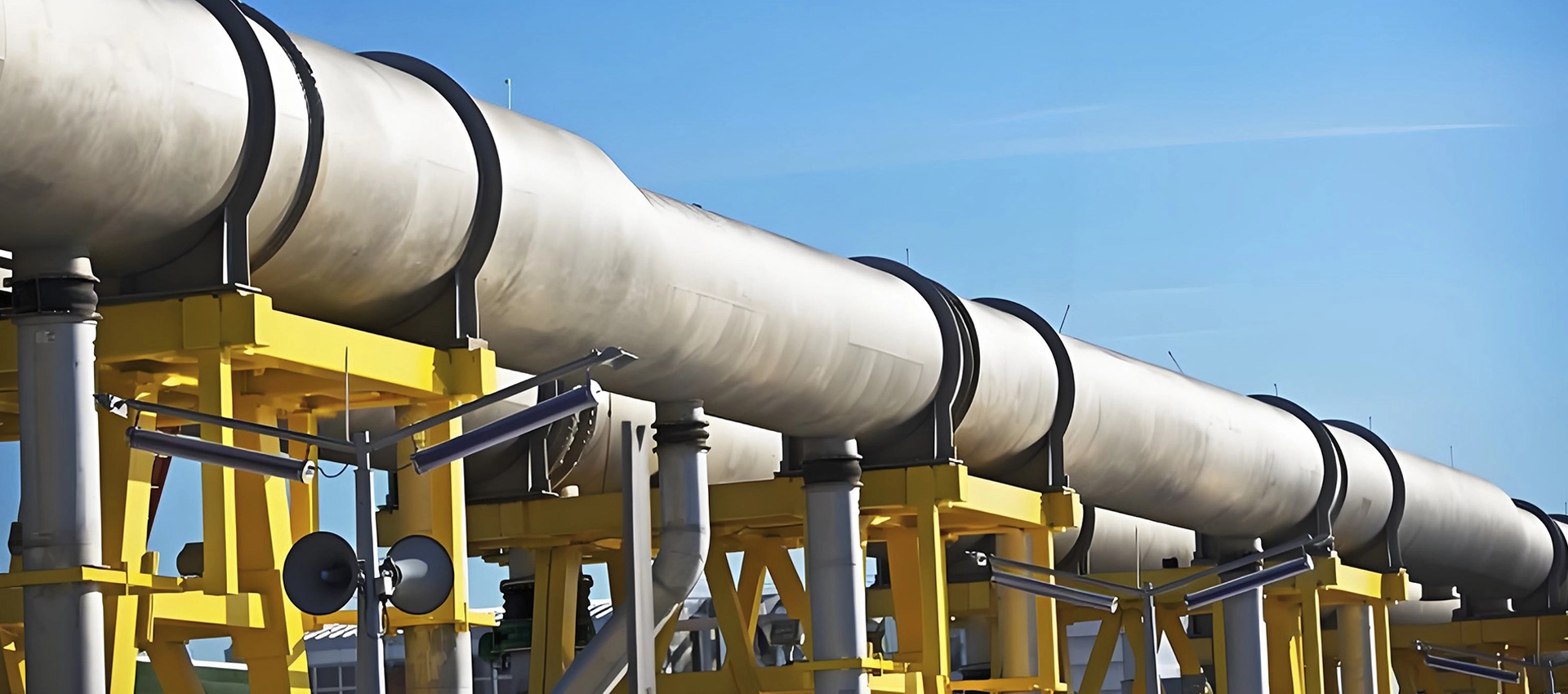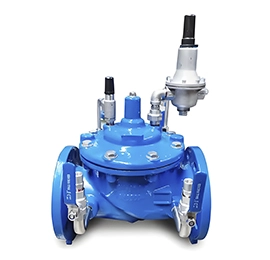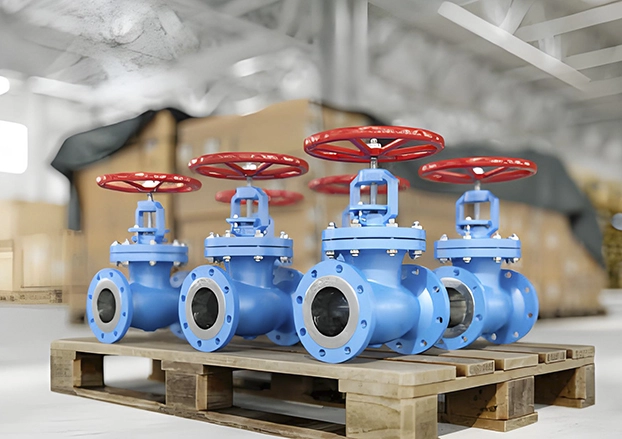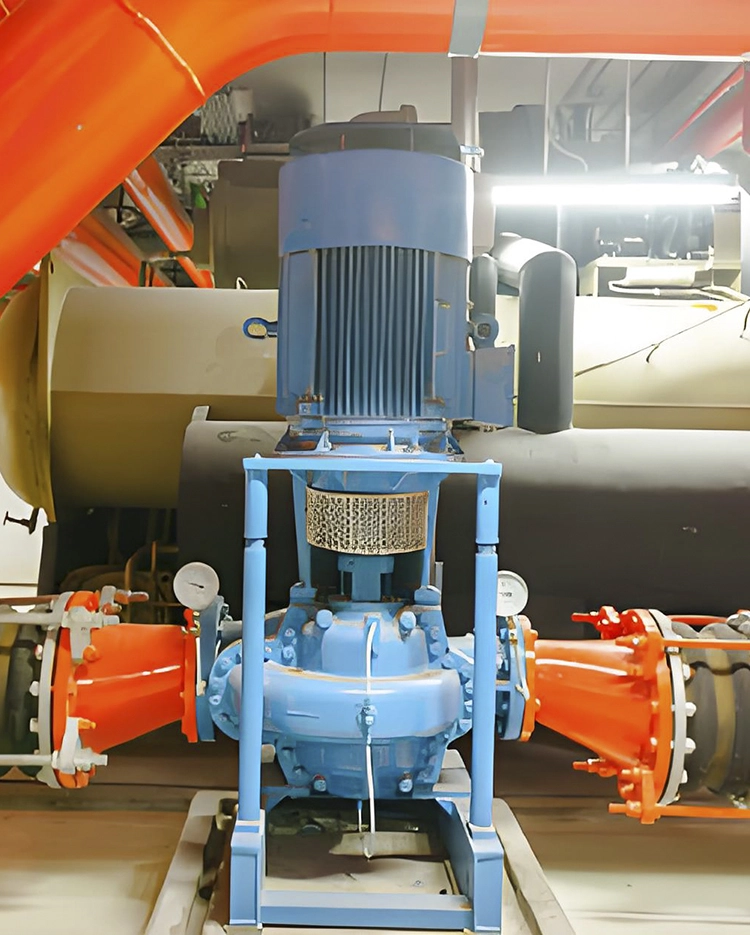Components of a Control Valve
Valve Body: Houses the internal parts and withstands the fluid pressure.
Actuator: Provides the mechanical force to open or close the valve.
Positioner: Ensures the valve is in the correct position based on the control signal.
Trim: Includes the valve plug and seat, responsible for regulating fluid flow.
Understanding these components is crucial for selecting the right valve for a specific application.
Control Valve Actuation
Pneumatic Actuators: Use compressed air to provide linear or rotary motion, offering quick response and high force.
Electric Actuators: Provide precise control and are suitable for remote locations.
Hydraulic Actuators: Deliver high force and are used in heavy-duty applications.
The choice of actuator depends on the required force, speed, and environmental conditions.
Control Valve Positioners
Pneumatic Positioners: Use air pressure to position the valve accurately.
Electric Positioners: Provide precise control and are compatible with digital systems.
Smart Positioners: Offer advanced diagnostics and communication capabilities, enhancing system reliability.
Positioners ensure the valve responds accurately to control signals, maintaining process stability.
 EN
EN










